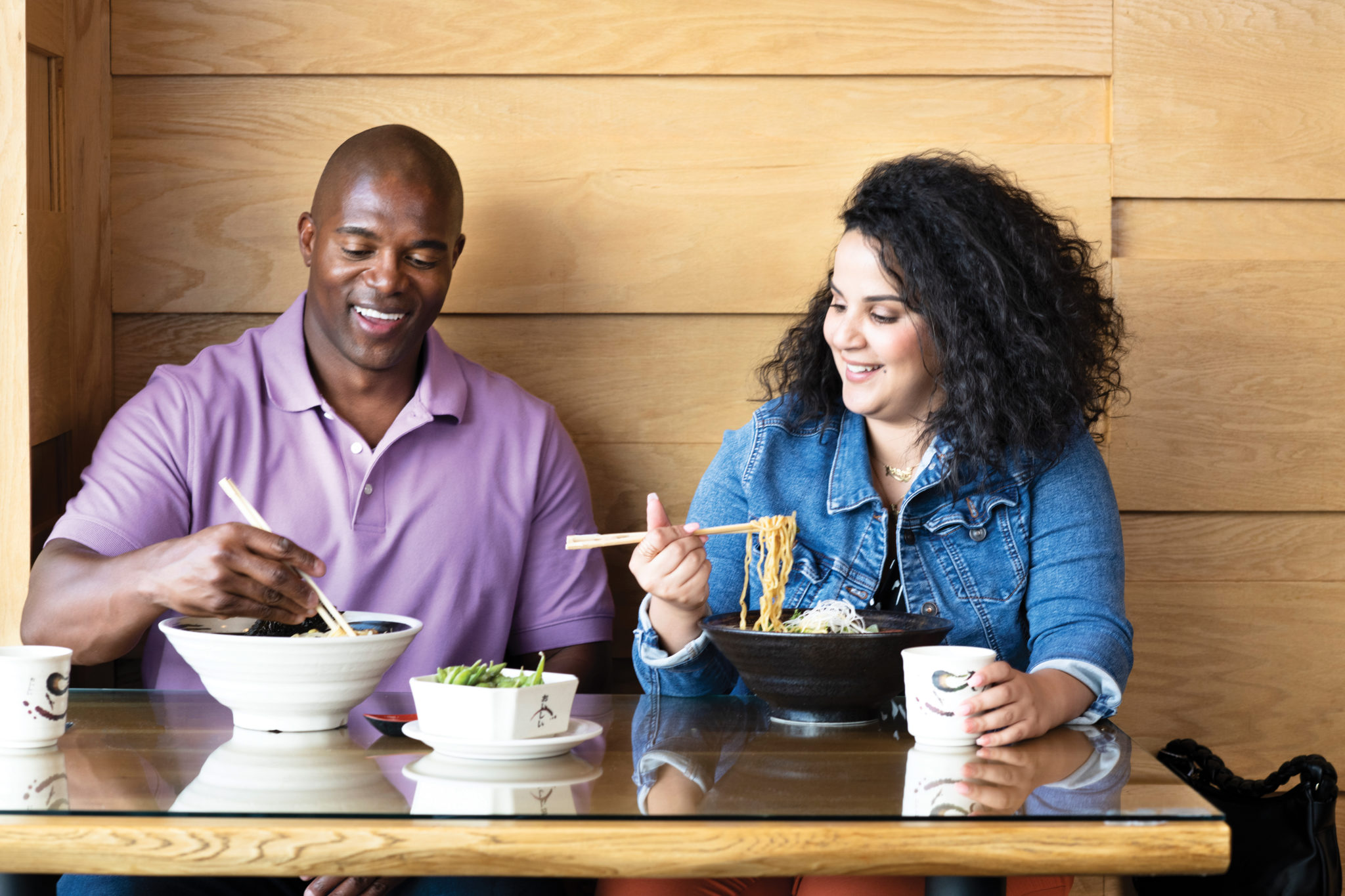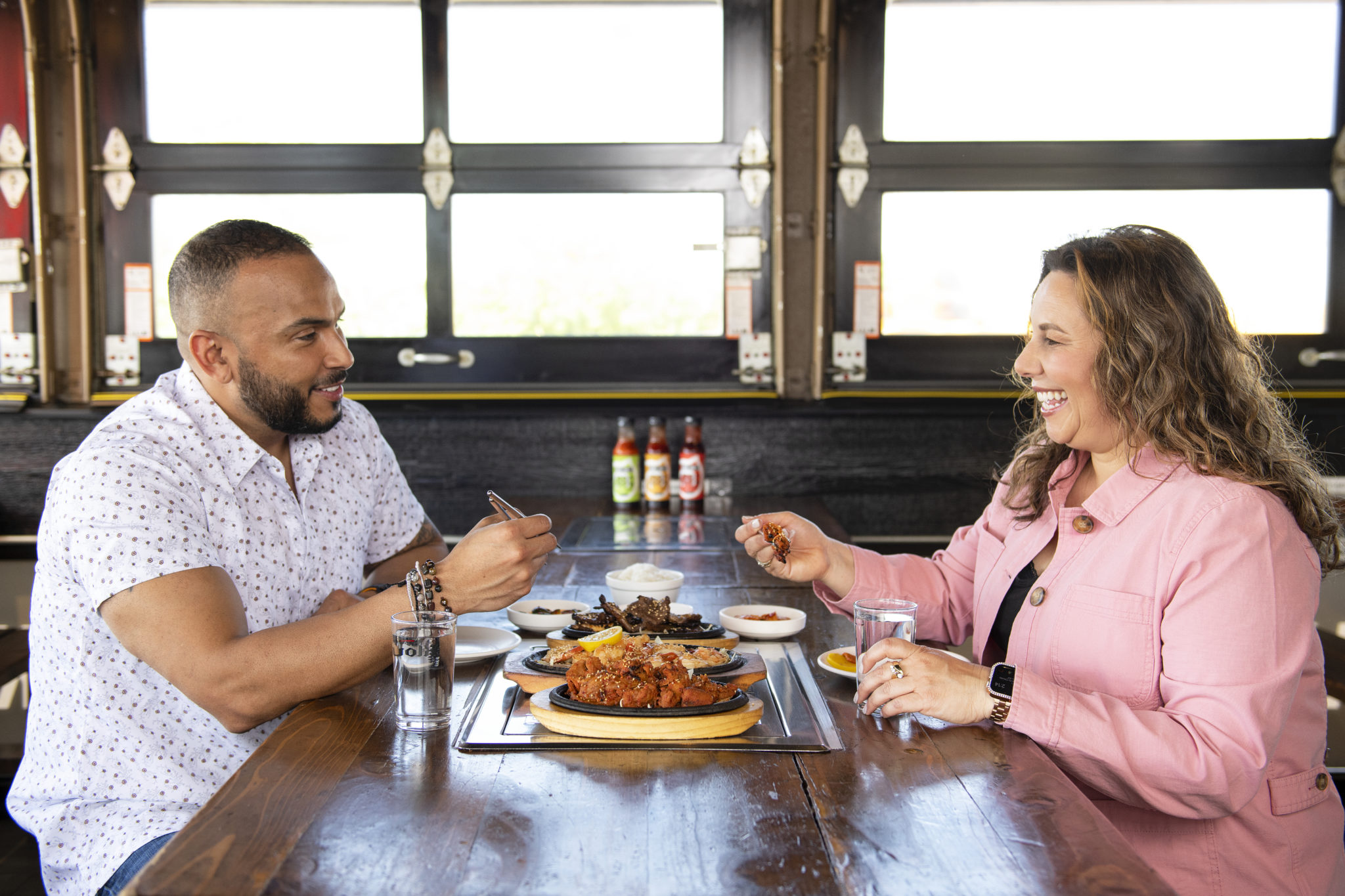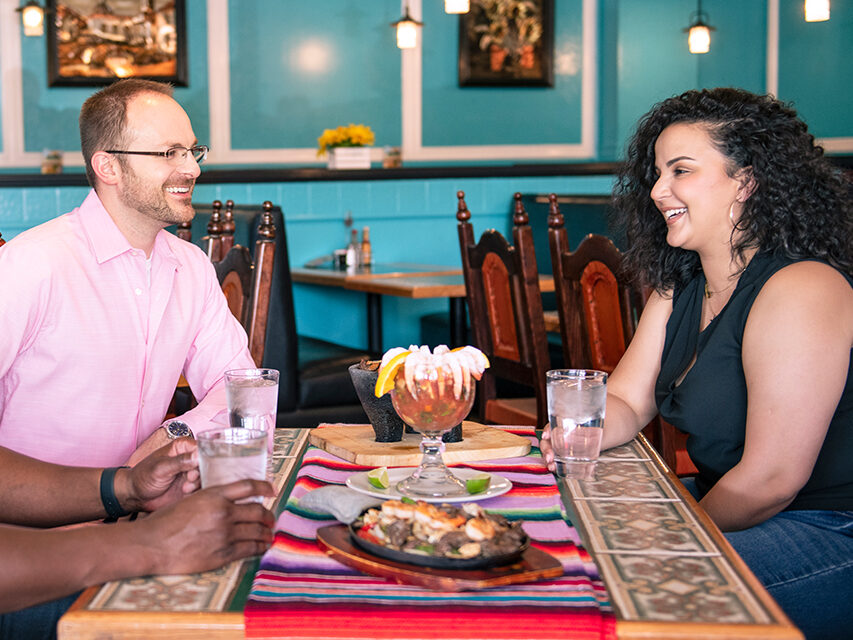Aurora is often called the Gateway to the Rockies because of its sweeping views of the mountains to the west and its open vistas of the plains to the east, but it could equally be called a gateway to the world.

As one of the largest and most diverse cities in the U.S., Aurora brings international cultures together in one place and showcases the world in a city through its unique eats, friendly neighborhoods and global opportunities.
Just taking a trip down Aurora’s western corridor can make a person an honorary international jetsetter, at least as it relates to global flavors. On the northern end is Stanley Marketplace, a former manufacturing facility that now houses boutique shops and food as eclectic as Australian-style chicken and Argentinian empanadas. Just south of Stanley is the food court at Mango House, an inviting space where immigrants and refugees cook up delights from Africa and Asia, including shawarma, sushi and shiro.
Continuing south is the On Havana Street corridor, where every block brings new palate-pleasing possibilities. There’s Korean fried chicken, dumplings and bingsu (shaved ice), Middle Eastern breads, international markets, Vietnamese pho, Ethiopian sambusas, Salvadoran papusas, Indian tandoori and so much more. For years, Aurora has been a landing place for people from around the world looking for a safe, welcoming and opportunity-rich place to call home.

“I love discovering new places to eat, and what’s so great about Aurora is how unique each dining experience is, not only in finding global eats but in meeting people with a story to tell,” said Chance Horiuchi, executive director of the Havana Business Improvement District, a foodie destination with over 100 diverse restaurants. “I’m always excited to share many of my favorite hidden gems.”
And that’s just a look at one part of the city. At over 163 square miles and with nearly 400,000 residents, Aurora is filled with neighborhoods and businesses that cater to all tastes, such as Southlands Lifestyle Center on the edge of the Black Forest, the Gaylord Rockies Resort & Convention Center near the entrance to Denver International Airport, and the City Center area where restaurants, residential and transit converge.
It may sound like a lot to navigate, but the city’s Aurora Eats dining guide is the passport to it all. Available in printed copies at city facilities and as an interactive online map at AuroraEats.org, the guide walks through Aurora’s independent and ethnic restaurants, bars and markets neighborhood by neighborhood, with helpful descriptions and definitions of food around the globe.
But it’s not just culinary explorers who find what they’re looking for in Aurora. The Aurora Cultural Arts District offers award-winning theater and art, the city’s nearly 100 parks offer room to roam around every corner, and the city’s residential market speaks to every need across the housing spectrum, from urban studios to family lots to executive homes.
The world is an interconnected and vibrant mix of people and traditions, and Aurora is building a stronger and more welcoming community by bringing these people and traditions together.
The city of Aurora is a global community of nearly 400,000 residents on the eastern edge of the Denver-Aurora Metropolitan Area. Aurora is Colorado’s third-largest city and the 51st largest in the United States. Learn more at GoAurora.org or 303.739.7000.




